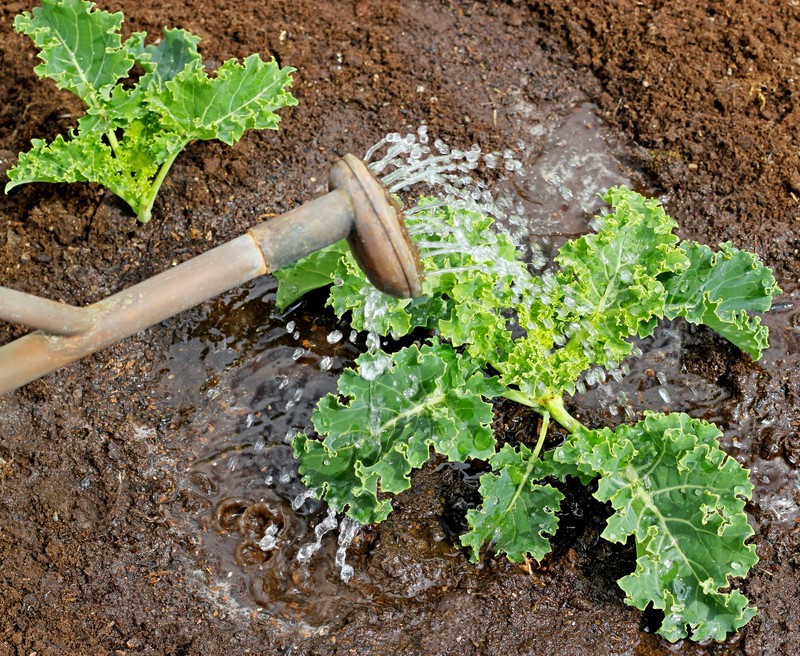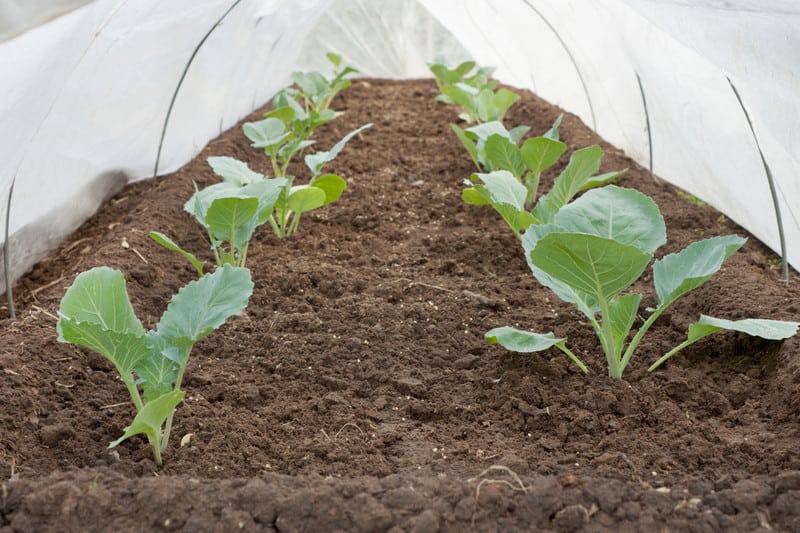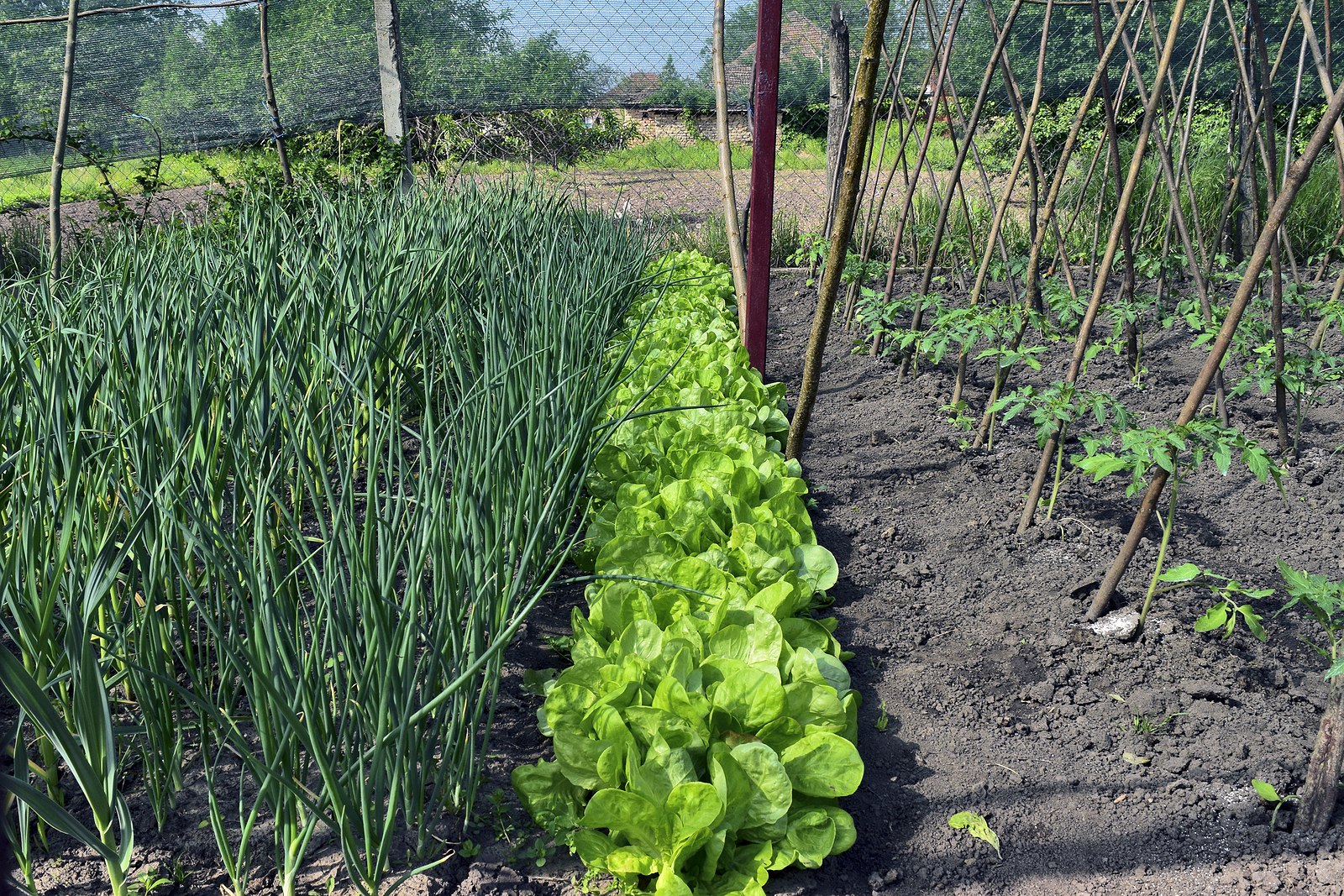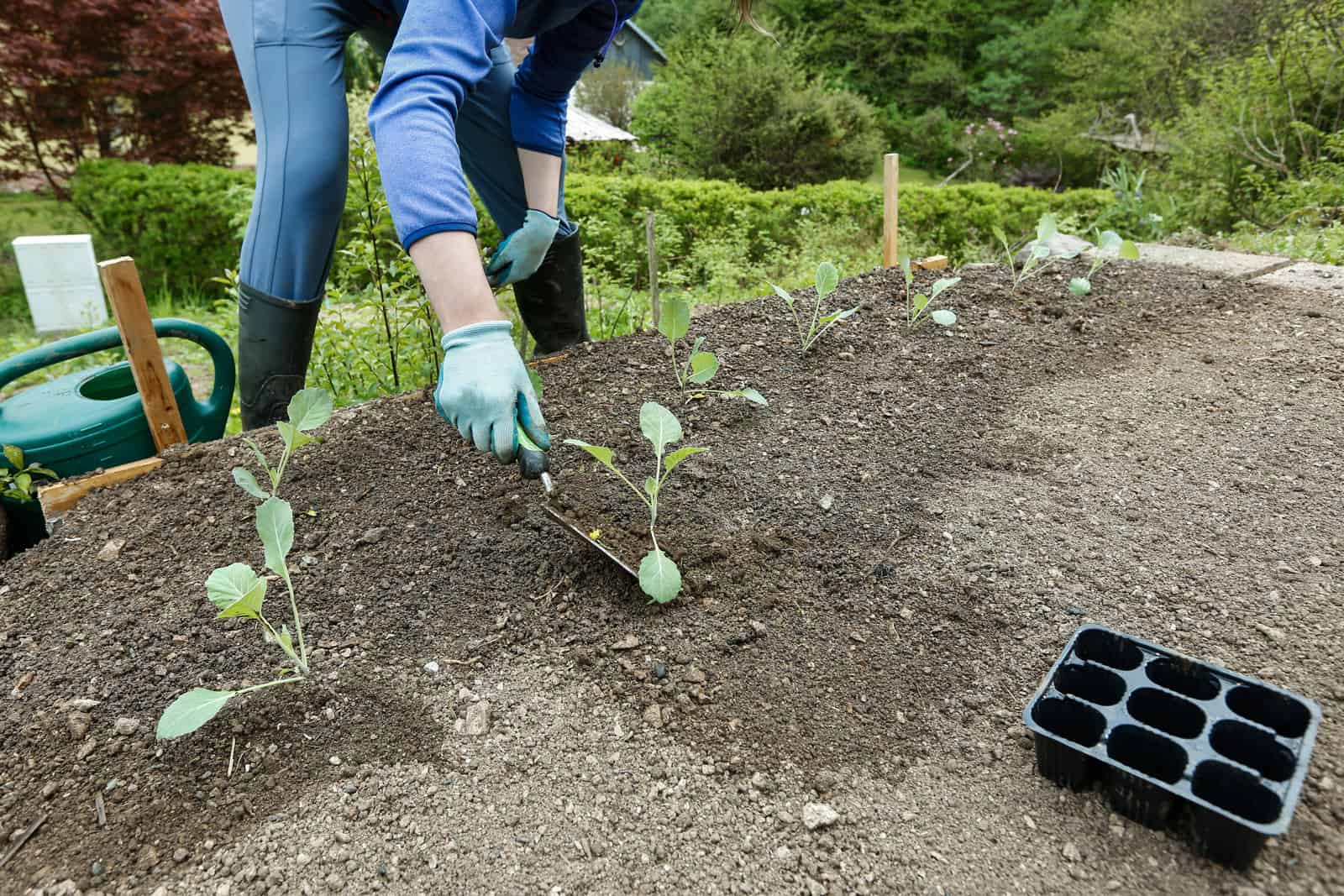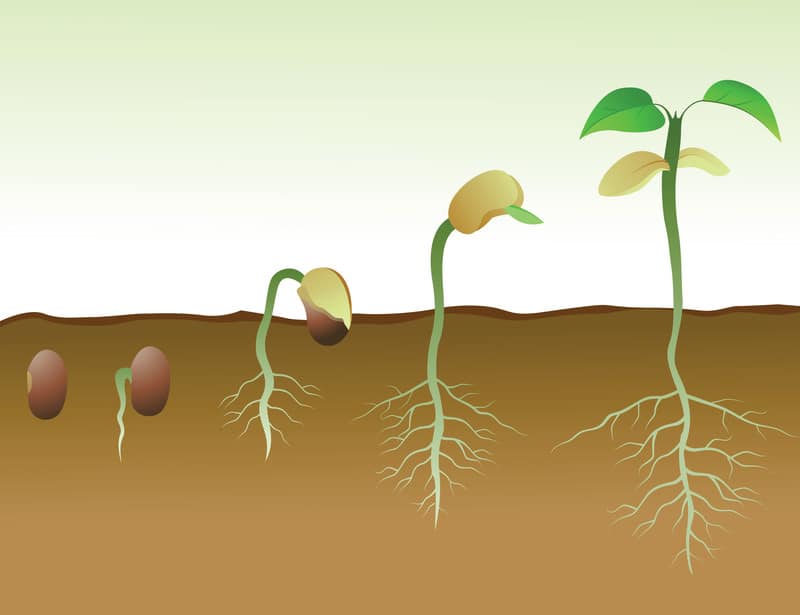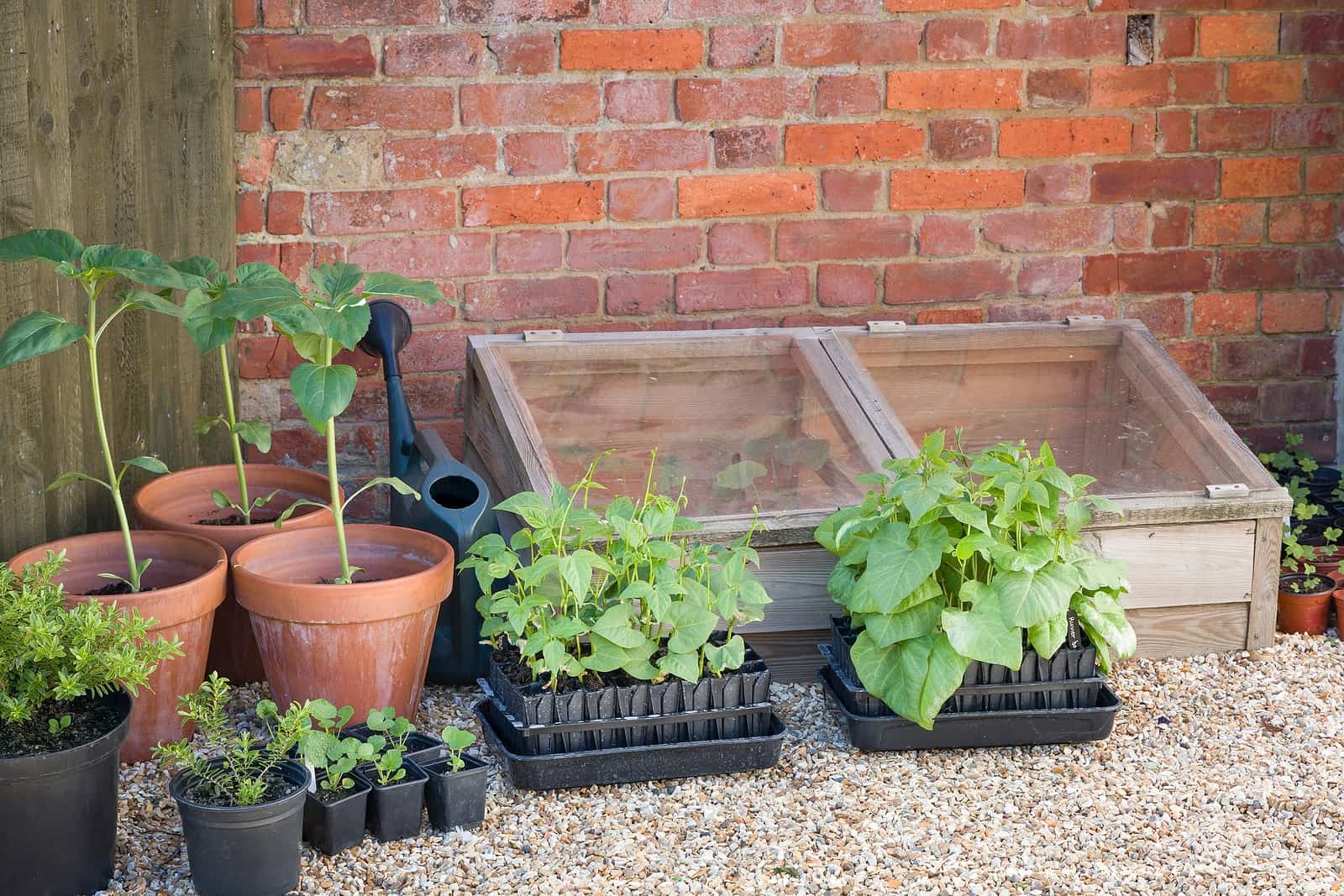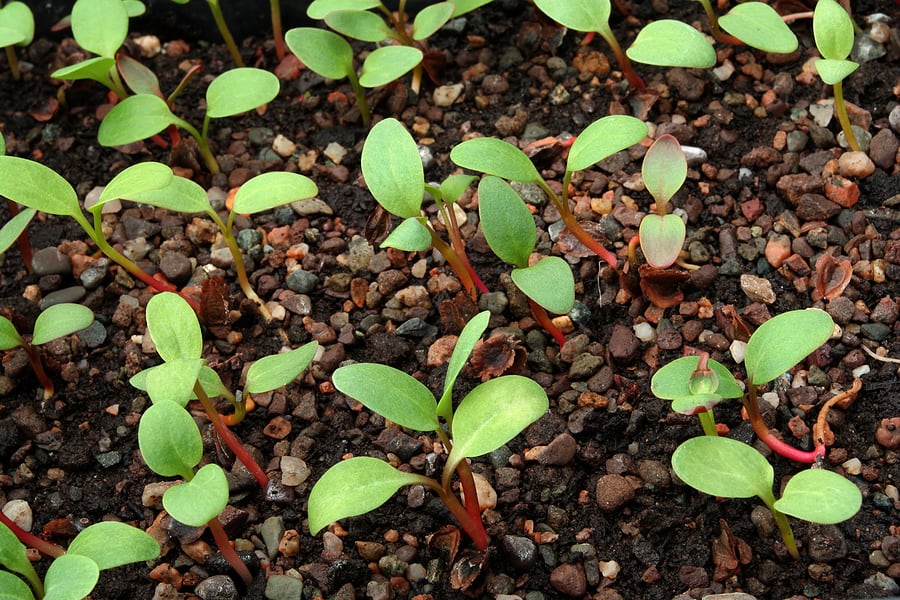Watering Vegetables: Critical Watering Times
Water is essential for vegetable growth. Vegetables are mostly water: an ear of corn is 70 percent water, a potato is 80 percent water, and a tomato is 95 percent water. Vegetables will not grow and yield without consistent, even watering. Most vegetable crops require one inch or more of water each week during the […] More

